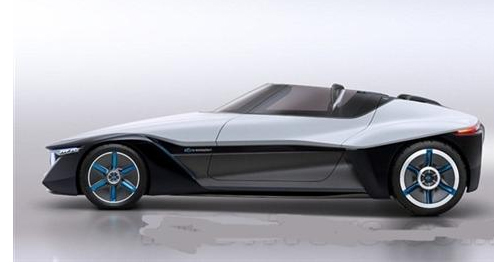
On February 18th, China Association of Automobile Manufacturers (hereinafter referred to as “China Automobile Association”) released the production and sales data of the new phase in 2019. The data shows that in January 2019, the production and sales volume of new energy vehicles in China reached 91,000 respectively. 96,000 vehicles, production and sales increased by 113% and 138% respectively over the same period of the previous year. In fact, in 2018, the sales of new energy vehicles were about 1.2 million units, including 1 million passenger cars and 200,000 passenger cars and special vehicles. This means that new energy vehicles are gradually being recognized by consumers, and pure electricity, plug-in hybrids and fuel cells, and the power source of new energy vehicles, who will dominate the future?

Plug-in hybrids have great advantages at this stage, but they are still industry transitional technologies.
In fact, the plug-in hybrid car is a technical hybrid electric car. Different from the oil-powered hybrid car, the hybrid car has a larger power battery than the ordinary hybrid car, and can be externally charged, or can be driven in pure electric mode. After the battery is exhausted, the fuel can be used to continue driving. Charge the battery when appropriate.
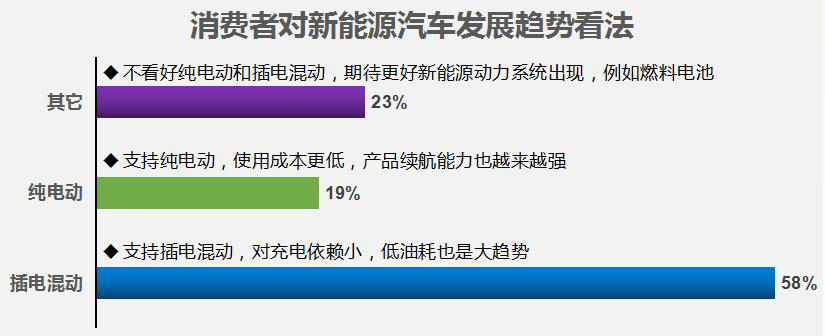
This means that compared to pure electric vehicles, plug-in mixing has a longer endurance range, while for ordinary oil-mixed cars, plug-in mixing has a large capacity power battery, pure electric drive, can be short-distance It doesn't cost fuel in the trip, just because of this unique advantage. Interpolation has received strong support from consumers.
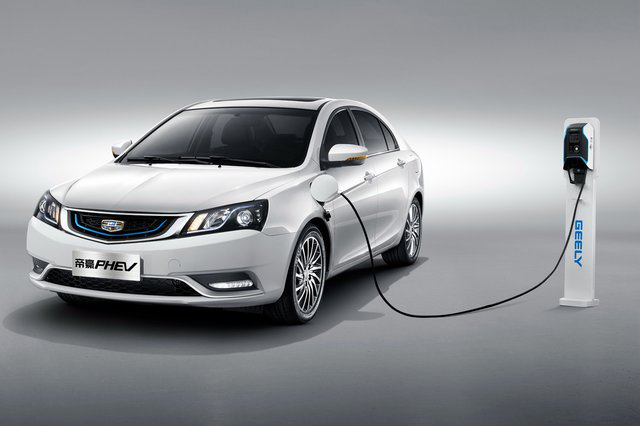
But in fact, plug-in hybrid cars in the automotive industry's energy revolution, can only be regarded as a transitional technology.
First of all, the plug-in car has a large-capacity power battery and a conventional internal combustion engine assembly, which means that the cost of inserting a hybrid car is absolutely high, compared to the traditional internal combustion engine and the emerging pure The price of electric cars and hybrid cars is enough to limit their future development.

Compared with electric vehicles, the long-range range advantage of plug-in models must be established when the battery is fully charged before starting to drive. In other words, the car can not get rid of the shackles of electric vehicle charging piles. Compared with the traditional fuel car, if the battery of the plug-in model is insufficient, it is no different from the fuel car. Therefore, the insertion and mixing technology can only be regarded as an industry transitional technology.

Pure electric vehicles are cheap to use, and their own brands are expected to achieve overtaking
A pure electric vehicle is a vehicle that is driven by a vehicle power source and driven by a motor to meet the requirements of road traffic and safety regulations. As the impact on the environment is relatively small compared to traditional cars, its prospects are widely optimistic, but the current technology is not mature. The main reason is that various types of batteries generally have serious shortcomings such as high price, short life, large size and weight, and long charging time. However, compared with the traditional internal combustion engine industry, pure electric vehicles will be an excellent opportunity for China's own brand to bend over the road.
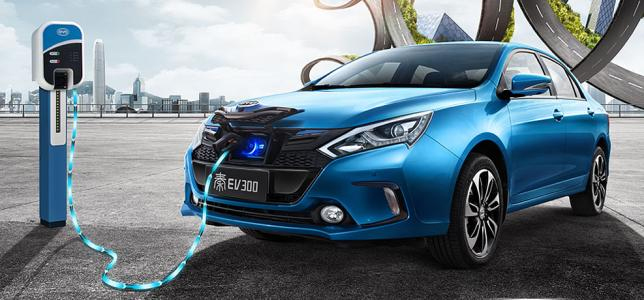
In fact, in the development of pure electric vehicles, the starting point of the development of domestic and foreign car companies is basically the same. In the Chinese automobile market, there are also industry unicorns like Ningde era. Among the independent automakers, BYD's sales in the whole year of 2018, the pressure on Tesla, with an annual sales of 248,800 new energy models, for the fourth consecutive year, the world's new energy vehicle sales champion.
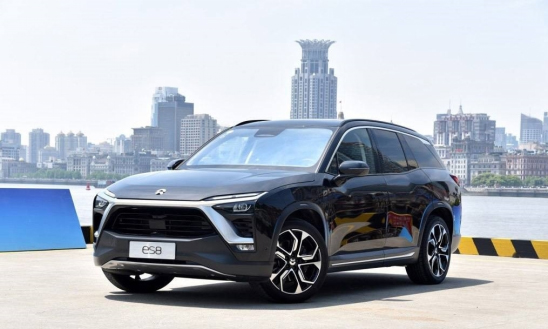
On the policy front, the government has successively launched a series of favorable policies on pure electric vehicles, and has begun to gradually implement electrification of public transportation. As early as the end of 2016, Taiyuan City completed the pure electrification of 8,829 taxis in the city. As of now, Shenzhen public transportation has been fully purely electric, and the proportion of pure electric taxis is as high as 99.06%. The government's strong support has enabled China's electric vehicle industry to have excellent development opportunities. With the decline of subsidies, the “cheat” models have been delisted, and the cruising range of electric vehicles in China has basically reached 400km. It also provides a stable competition platform for the realization of cornering overtaking in the electric vehicle industry in China.
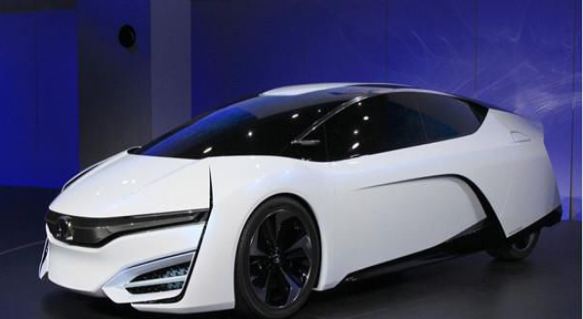
A fuel cell vehicle is a car that converts the power generated by a vehicle fuel cell device into power. Compared with a conventional electric vehicle, the fuel for a fuel cell vehicle comes from a vehicle fuel cell device instead of a conventional battery reserve, as a fuel, hydrogen. In the fuel cell, a redox chemical reaction with oxygen in the atmosphere generates electricity to drive the car forward. The emissions are only very little carbon dioxide and nitrogen oxides. By-products mainly produce water. It can be said that fuel cells are truly clean energy sources.
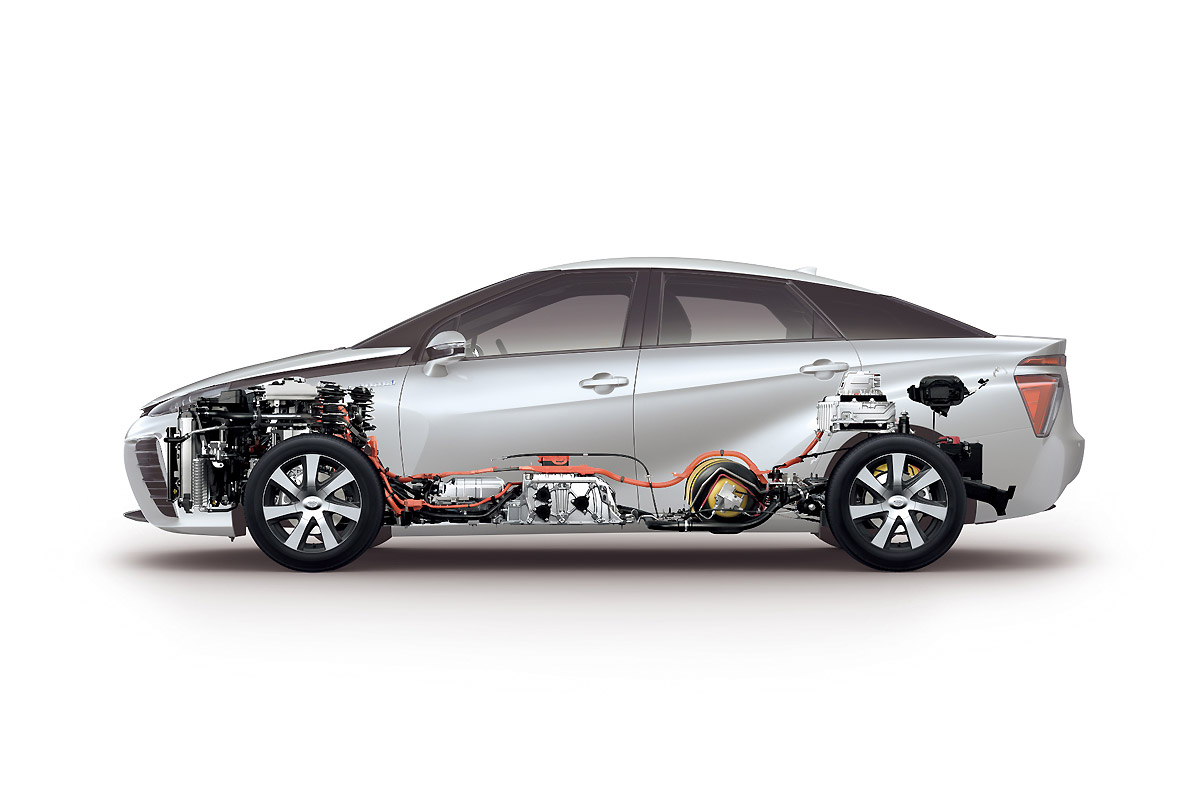
As early as 2015, the State Council issued "Made in China 2025", demanding to vigorously promote breakthrough development in key areas. Fuel cell vehicles belong to one of the seven major fields, and clearly require plans to mass produce 1,000 units by 2020, according to the fiscal The subsidy policy for new energy vehicles issued by the ministries and other ministries and commissions, fuel cell vehicle subsidies have remained unchanged, and the proportion of national subsidies and land subsidies is as high as 1:1.
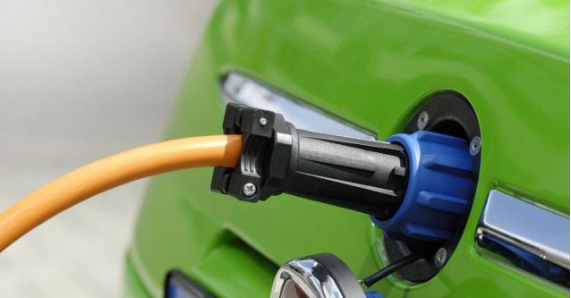
But in fact, the technical bottleneck of fuel cells has not been broken. Hydrogen is one of the excellent fuels for fuel cell vehicles. Before joining the car, it must go through manufacturing, transportation and storage. The flammable and explosive chemical nature of hydrogen determines its transportation and storage is very difficult. At present, the technology at home and abroad is not mature.
However, according to the Geshi automobile report, China has mastered and possessed the strength of mass production. The commercialization foundation of fuel cell vehicles has taken shape. After the commercial vehicle operation mode is maturing, once the technical bottleneck of hydrogen fuel transportation and storage is broken, fuel The future development of battery cars is not limited!

As a transitional technology in the wave of automotive energy transformation, plug-in hybrid vehicles are unlikely to be further developed in the future; while pure electric vehicles are constantly innovating in battery technology and charging facilities are constantly improving, the development momentum is stable and Strong; fuel cell vehicles once they have solved the relevant technical bottlenecks, with their unique high endurance and energy cleanliness, the future development momentum is limitless! And the future new energy vehicles, which drive mode is used as the power source We will wait and see!
















 RCCN WeChat QrCode
RCCN WeChat QrCode Mobile WebSite
Mobile WebSite